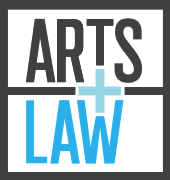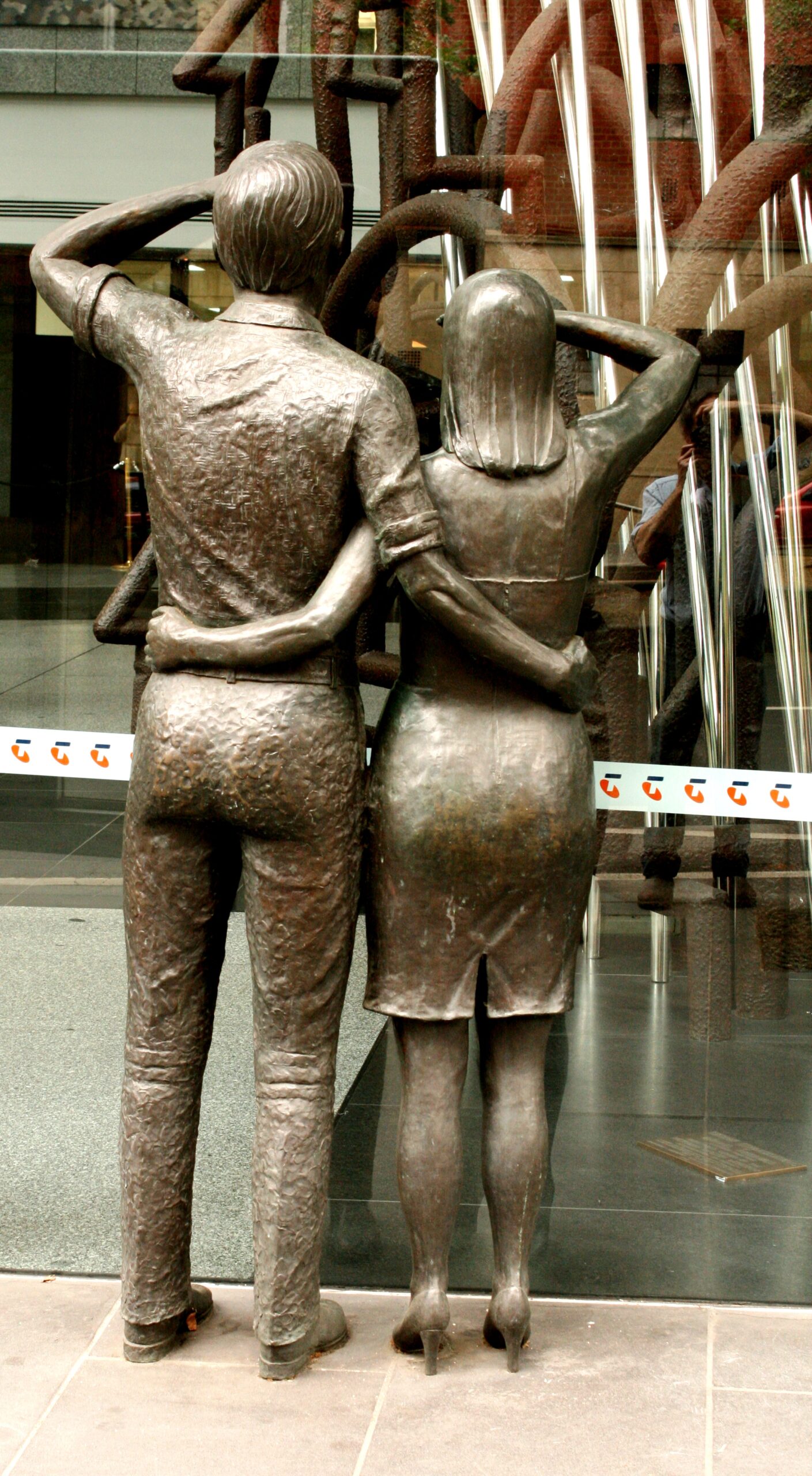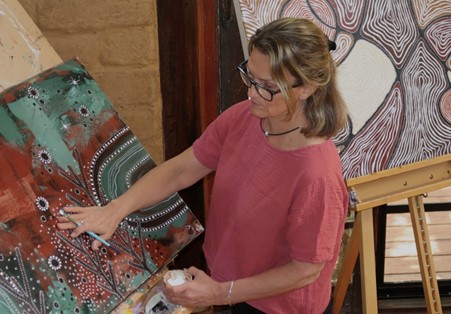Indigenous Art Code
The Indigenous Art Code (the Code) is designed to set standards of ethical behaviour for art dealers and galleries operating in the Aboriginal and Torres Strait Islander art sector by regulating the conduct of commercial art dealers and agents to ensure:
- fair and ethical trade with artists;
- transparency with the promotion and sale of artworks;
- a fair and efficient dispute resolution system for disputes arising under the Code.
The Code can be accessed here.
Who needs to comply with the Code?
Becoming a ‘signatory’ is voluntary and involves a voluntary commitment to agree to uphold the Code. However, once a dealer or gallery has committed to the Code, there is a strict framework in place specifying the ethical standards which must be adopted and for the investigation of complaints against signatories who may have breached the Code. Anyone who is interested in ethical treatment of Aboriginal and Torres Strait Islander Artists can sign up to the Code. There are three categories of membership: for dealers, artists and support members. More information can be found at: https://indigenousartcode.org/.
Once a member, signatories may display the Code logo in connection with their business and create Code Certificates on Aboriginal and Torres Strait Islander artworks sold or handled by them.
Who is responsible for managing the Code?
Indigenous Art Code Limited (IartC), a public company, was established in 2010 to provide a governance and legal structure for the administration of the Code. IartC is led by a Board of Directors, drawn from the Aboriginal and Torres Strait Islander visual arts industry and the wider community. It is responsible for processing applications for membership and maintaining a register of signatories. It is also charged with investigating compliance with the Code and imposing sanctions for non-compliance. For further information see the dedicated Code website.
What happens if someone does not comply with the Code?
When IartC receives a complaint made against a signatory it will conduct or commission a review of the complaint. The signatory will be given an opportunity to answer any allegations. If a breach of the Code is established, the IartC may impose conditions on the signatory and request certain actions, such as compensating the complainant, or suspend the signatory for a defined period or remove the signatory from the Code register. There is no mechanism for sanctions against ‘non-signatories’.
How does the Code impact the relationship between Aboriginal and Torres Strait Islander artists and art dealers?
The Code provides a detailed list of minimum terms that should feature in any agreements between Aboriginal and Torres Strait Islander artists and art dealers. Arts Law’s Artist and Art Centre Agreement has all the essential terms required by the Code. For more information see the Arts Law Information Sheet Artist and Art Centre – Contract Template – Information for Artists.
Under the Code, agents and art dealers are required to provide regular written reports detailing receipt of artwork, sales of artwork, including the sale price, details of payment to the artist and the art dealer’s commission, and promotional activities undertaken.
The Code also sets out benchmarks, including recommended timeframes for payments to artists, guidance on how to respect Indigenous cultural practices and artist’s rights and guidelines for acting professionally.
What’s in it for the consumers?
The Code sets out requirements and procedures for the issue of certificates of authenticity, known as ‘Indigenous Art Code Certificates’. Consumers will take a level of comfort as to an artwork’s authenticity and provenance if accompanied by such a certificate.
Is the Code under review?
As part of the Government’s National Cultural Policy, ‘Revive’, which is a 5-year plan to revive Australia’s arts sector, the Government undertook a review of the Code to strengthen the protections for the First Nations artists as well as consumers. The review was conducted by Cox Inall Rigdeway. A final report and recommendations are expected soon. See here for more information.
Need more help?
Contact Arts Law if you have questions about any of the topics discussed above
Telephone: (02) 9356 2566 or toll-free outside Sydney 1800 221 457
Also visit the Arts Law website for more articles and information sheets and the Code website.
© Arts Law Centre of Australia 2010, last reviewed 2025
Disclaimer
The information in this information sheet is general. It does not constitute, and should be not relied on as, legal advice. The Arts Law Centre of Australia (Arts Law) recommends seeking advice from a qualified lawyer on the legal issues affecting you before acting on any legal matter.
While Arts Law tries to ensure that the content of this information sheet is accurate, adequate or complete, it does not represent or warrant its accuracy, adequacy or completeness. Arts Law is not responsible for any loss suffered as a result of or in relation to the use of this information sheet. To the extent permitted by law, Arts Law excludes any liability, including any liability for negligence, for any loss, including indirect or consequential damages arising from or in relation to the use of this information sheet.
© Arts Law Centre of Australia
You may photocopy this information sheet for a non-profit purpose, provided you copy all of it, and you do not alter it in any way. Check you have the most recent version by contacting us on (02) 9356 2566 or tollfree outside Sydney on 1800 221 457.
The Arts Law Centre of Australia has been assisted by the Commonwealth Government through the Australia Council, its arts funding and advisory body.




